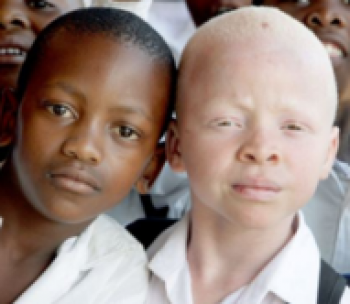
In this analysis and discussion activity, students learn that different versions of a gene give the instructions for making different versions of a protein which can result in different characteristics.
Additional questions guide students as they review how genes are transmitted from parents to offspring by the processes of meiosis and fertilization.
Then, students analyze several examples that illustrate how inheritance of genes can result in similarities and differences between family members.
Concepts covered include Punnett squares, dominant and recessive alleles, incomplete dominance, and polygenic inheritance. These concepts are reinforced in an optional final review page.

 © Serendip® 1994 - All rights reserved. Privacy Policy
© Serendip® 1994 - All rights reserved. Privacy Policy

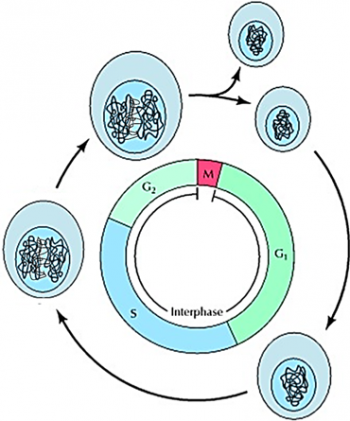
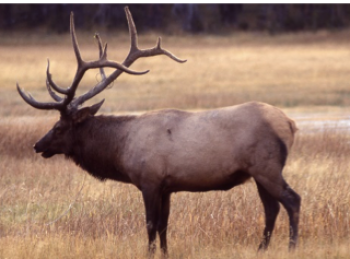
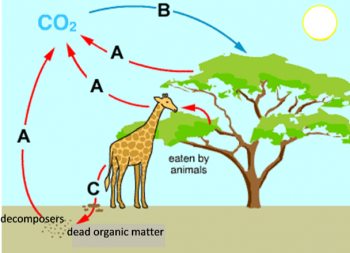
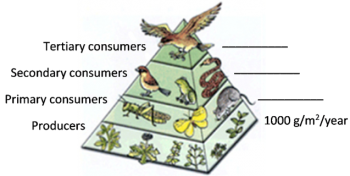
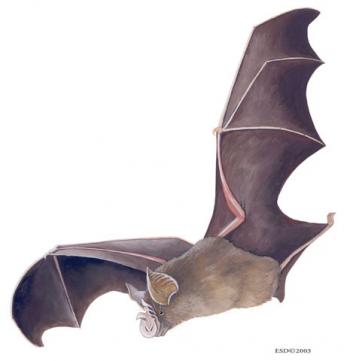
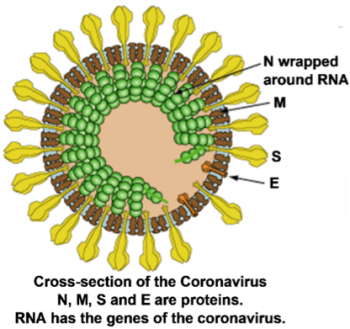
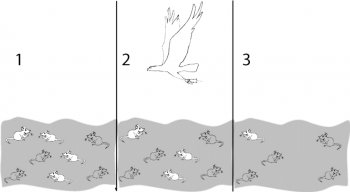
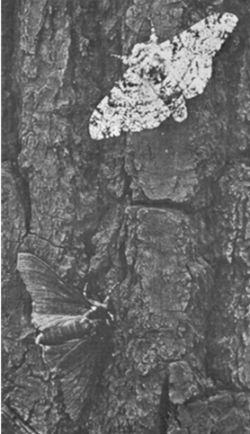 In this minds-on analysis and discussion activity, students interpret evidence concerning natural selection in the peppered moth. The evidence includes (1) the genetic basis for the different color forms of peppered moths, (2) mortality differences between the color forms in different environments, and (3) a history of correlated changes in the environment and the proportion of moths with each color form.
In this minds-on analysis and discussion activity, students interpret evidence concerning natural selection in the peppered moth. The evidence includes (1) the genetic basis for the different color forms of peppered moths, (2) mortality differences between the color forms in different environments, and (3) a history of correlated changes in the environment and the proportion of moths with each color form.